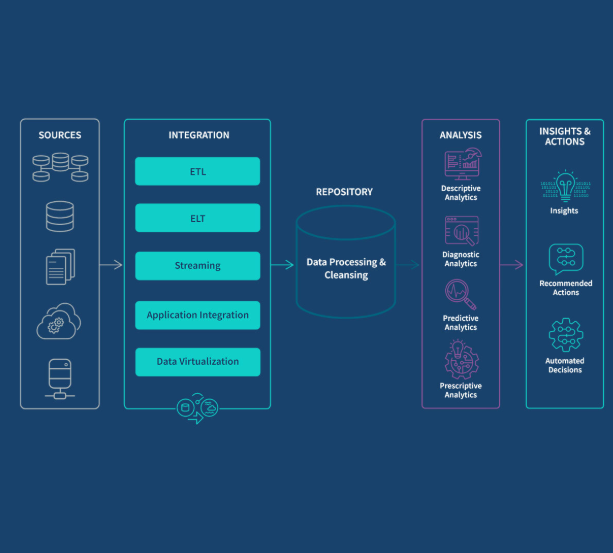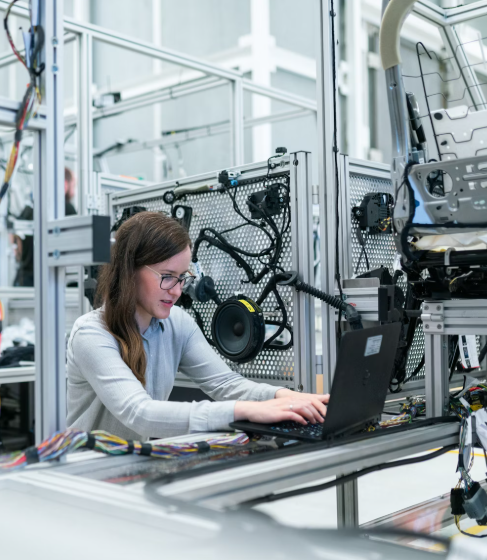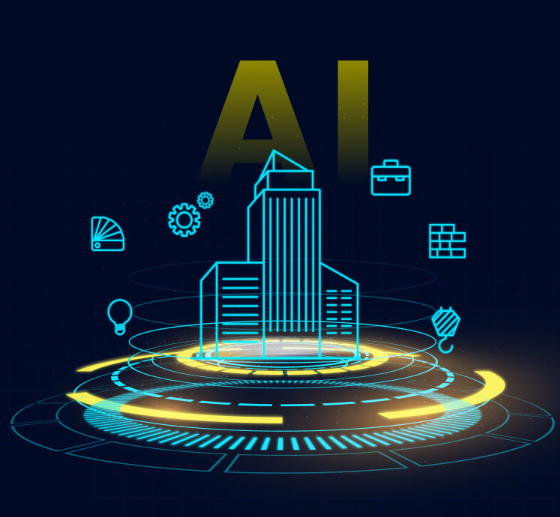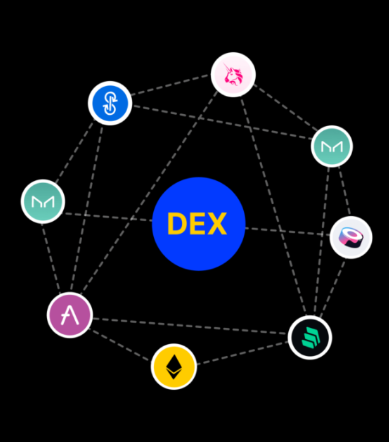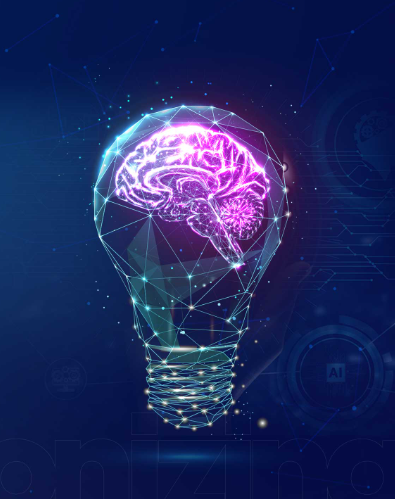
Generative AI has become a transformative force across various industries, enabling machines to produce content such as text, images, music, and code. Despite its potential, the development of generative AI models is far from straightforward. Companies that wish to leverage this technology need to be aware of the challenges involved, from data quality to ethical concerns and computational limitations. This article explores these key hurdles and offers effective solutions to address them.
What Are Generative AI Models?
Generative AI models are a type of artificial intelligence that focuses on creating new content, such as text, images, or even music, based on the data they are trained on. Unlike traditional AI, which is primarily used for tasks like classification or analysis, generative models produce entirely new data points. Popular examples include GPT-based chatbots, image generation tools, and AI music systems. These models rely on advanced architectures such as GANs (Generative Adversarial Networks), VAEs (Variational Autoencoders), and transformers to perform creative tasks.
The Benefits of Generative AI in Business
Generative AI offers numerous benefits for modern businesses, including:
- Automation of creative tasks: Streamlining content creation, such as copywriting and video production.
- Enhanced customer service: AI-driven chatbots that improve support and interaction.
- Personalized experiences: Tailored recommendations for users in eCommerce and entertainment.
- Accelerated product development: Rapid prototyping and design.
- Realistic simulations: Useful for training and educational purposes.
By deploying these technologies effectively, businesses can gain a competitive edge, although several challenges must be overcome.
Major Challenges in Developing Generative AI Models
Developing advanced generative AI models comes with its own set of complexities, from technical issues to ethical concerns. Let’s examine the most significant challenges that developers face:
1. Data Quality and Availability
Generative AI models require vast amounts of high-quality data to function properly. Unfortunately, sourcing these datasets is often challenging. Poor-quality data can lead to biased, inaccurate, or irrelevant outputs, which diminishes the model’s effectiveness. Additionally, privacy regulations like GDPR and HIPAA restrict the availability of certain data, creating further challenges. Many large tech companies control proprietary datasets, putting smaller players at a disadvantage.
2. High Computational Demands
Training generative AI models, especially large-scale ones like GPT-4, requires immense computational resources. This involves using powerful GPUs, high-speed networking, and large server clusters. The costs associated with these resources can be prohibitive, and the environmental impact of running these models is a growing concern. As a result, only well-funded organizations can afford the infrastructure necessary for these types of operations.
3. Ethical and Fairness Issues
One of the most pressing concerns in generative AI is ensuring fairness and avoiding bias. If a model is trained on biased data, it will replicate these biases in its outputs. This can lead to ethical issues, such as perpetuating harmful stereotypes. Additionally, there is the risk of “AI hallucinations,” where the model generates false or harmful information, further complicating trust in the technology.
4. Intellectual Property and Legal Risks
Generative AI models often create content based on datasets scraped from the internet, which may include copyrighted material. This raises significant legal concerns, such as the possibility of infringing on intellectual property rights. Companies developing generative AI systems must ensure they comply with copyright laws and avoid legal complications related to content ownership.
5. Model Interpretability
Generative AI models, especially deep learning systems, are often considered “black boxes,” meaning it can be difficult to understand why they generate specific outputs. This lack of transparency makes it challenging to debug models, improve their performance, or ensure they comply with regulatory standards. In industries like healthcare and finance, where explainability is crucial, this is a significant hurdle.
6. Security and Malicious Use
Generative AI can be misused to create malicious content, such as deepfakes, fake news, or phishing emails. This poses a security risk and necessitates the development of robust safeguards to prevent harmful use. Developers need to implement security measures that can detect and prevent malicious activities while also ensuring ethical use of AI-generated content.
7. Integration Challenges
Integrating generative AI models into existing systems can be difficult. These models need to interact with APIs, databases, user interfaces, and business workflows, all while maintaining scalability and low latency. This complex integration process often requires collaboration between developers, designers, legal teams, and business stakeholders.
8. Shortage of Skilled Talent
The demand for skilled AI professionals, particularly those experienced in generative models, far exceeds the available supply. This shortage of talent makes it difficult for companies to find the right expertise to develop and maintain generative AI systems. Many businesses either invest in training or outsource development to specialized AI firms.
9. Ongoing Maintenance Costs
Once a generative model is deployed, it requires continuous monitoring, retraining, and updating to stay relevant. This ongoing maintenance can be costly, with expenses related to cloud infrastructure, human oversight, and model updates. For many small and medium-sized enterprises, these costs can make AI adoption unsustainable without external support.
10. Rapid Technological Changes
The field of generative AI is evolving rapidly, with new frameworks and techniques emerging frequently. Keeping up with these advancements requires constant learning, tool migration, and infrastructure upgrades. Without a strategy for staying current, companies risk investing in outdated technologies.
Solutions to Overcome Challenges in Generative AI Development
While the challenges in generative AI are significant, they are not insurmountable. Here are some strategies to address these issues:
1. Improving Data Quality
- Invest in synthetic data generation to supplement real-world data.
- Use automated data cleaning and labeling tools to enhance dataset quality.
- Work with data providers who adhere to ethical sourcing practices.
2. Managing Computational Demands
- Leverage cloud-based GPU services to scale computing resources.
- Use efficient training techniques like transfer learning to reduce resource requirements.
- Partner with AI development companies that offer infrastructure support.
3. Addressing Ethical Concerns
- Implement regular audits and use bias detection tools on datasets and outputs.
- Employ diverse teams for data labeling and testing to reduce bias.
- Use fairness-aware algorithms to mitigate discriminatory outcomes.
4. Navigating Legal Risks
- Utilize open-source, licensed datasets to avoid copyright issues.
- Implement plagiarism detection and content moderation systems.
- Consult with legal experts to ensure compliance with intellectual property laws.
5. Enhancing Model Interpretability
- Adopt Explainable AI (XAI) frameworks to make models more transparent.
- Use tools like attention maps and saliency scores to interpret model decisions.
- Integrate human-in-the-loop (HITL) processes for sensitive decision-making.
6. Ensuring Security
- Incorporate security measures such as deepfake detection and content filters.
- Use prompt injection guards and validate contexts to prevent unsafe generations.
- Continuously monitor the model’s outputs for harmful content.
7. Simplifying Integration
- Design APIs and microservices for seamless integration with existing systems.
- Use low-latency deployment techniques, such as edge inference, to reduce delays.
- Work with AI integration experts to streamline the embedding process.
8. Tackling the Talent Shortage
- Hire experienced generative AI professionals with a strong background in the field.
- Train internal teams using popular AI frameworks like PyTorch and TensorFlow.
- Partner with AI development firms to access a pool of skilled professionals.
9. Reducing Maintenance Costs
- Automate routine tasks like monitoring and retraining.
- Use model compression techniques to reduce computational expenses.
- Opt for flexible, pay-as-you-go infrastructure for better budget control.
10. Keeping Up with Technological Advances
- Adopt modular architectures to easily integrate new technologies.
- Stay connected with open-source communities to keep up with trends.
- Partner with AI development companies that are always on top of the latest breakthroughs.
Conclusion
Developing generative AI models presents significant challenges, but with the right strategies and partnerships, these obstacles can be overcome. By addressing issues such as data quality, computational demands, ethical concerns, and security, businesses can successfully harness the power of generative AI to drive innovation and improve operations. Staying ahead of technological advancements and working with expert AI development teams will ensure long-term success in this rapidly evolving field.










